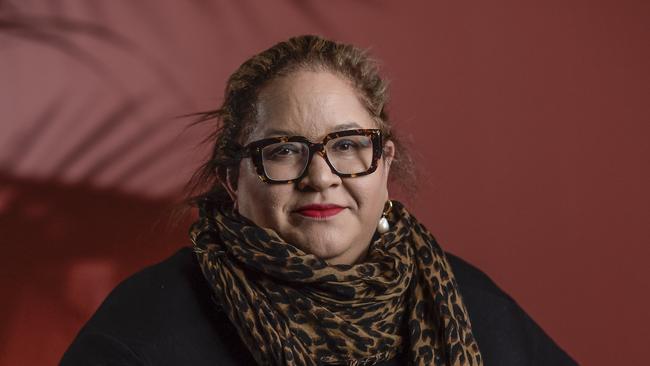
While the Prime Minister has studiously refused to detail what legal advice he received before making his proposal, let alone release that advice, it has become clear that it is a gross overreach.
As proposed, it was not merely a voice to parliament but had to be consulted on any act or omission of executive government, no matter how trivial, that in any way related to Indigenous or Torres Strait Islander people.
It was not limited to matters that only affected Indigenous Australians but also gave Indigenous Australians an extra say over matters that affected Australians generally. It effectively abrogated parliamentary supremacy by delegating to the High Court the final say over the powers, functions and processes of the voice and over the issue of who could vote for or be represented on the voice.
Few attempted power grabs in Australian history have been more ambitious or more brazen.
However, even this was not radical enough for the University of NSW’s Indigenous Law Centre.
In this paper last Saturday, Megan Davis and Gabrielle Appleby of the ILC effectively killed the Albanese Amendment with the coy admission that a nationwide “consultation process to pressure test Anthony Albanese’s proposed constitutional amendment to enshrine a First Nations voice” has begun.
Something smells fishy. On the one hand, the professors say “constitutional experts have been working on this step forward for almost a decade”. That would lead you to think all necessary stress-testing had happened before any wording was released by Albanese to much fanfare at Garma.
Separate from the curious timing of only now stress-testing the Prime Minister’s proposed wording, the ILC now has revealed the Albanese Amendment does not go far enough for them. Their three discussion papers, released this month, envisage a far more powerful voice, to be renamed the First Nations voice. They want a “proactive” body, not one that is “advisory or consultative only”.
The voice, not parliament or the courts, will determine what “matters it deems relevant” to make representations on. They want the option for further powers to be given to this body in future, including making representations to state and territory governments.
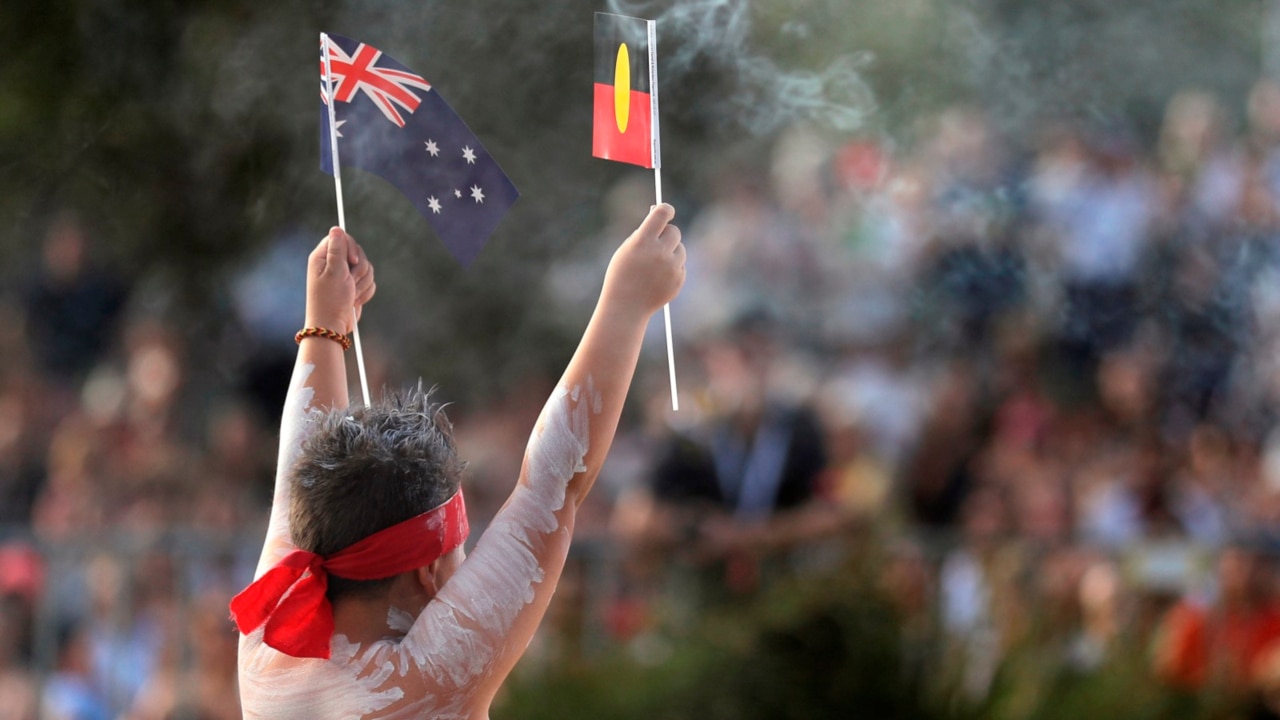
If all of this is not outlandish enough, the ILC also proposes that the legislation to implement the design of the voice be essentially that recommended by another Indigenous body, the Indigenous steering committee.
It is a weird feat to spend almost a decade and hundreds of words alluding to consultations with great legal minds and still provide so few tangible legal answers to critical legal questions. It’s akin to revering ABBA but not their music. It’s the latter that counts. A polite suggestion then: please provide detailed legal answers to the legal issues raised by me and others.
To give but one example, while the ILC asserts, with a disturbing lack of detail and conviction, that the High Court is “unlikely” to consider the proposed amendment “justiciable” (a matter for the court), it makes no serious attempt to grapple with the real potential for the High Court involvement expressed to me by several leading silks. Pious hope is no basis on which to change the Constitution, given what is at stake: vast opportunities for leverage and lawfare. The ILC’s intervention by releasing this set of three papers points to a critical development in this debate. It has effectively killed the Albanese Amendment. Even the maximalist Albanese Amendment is not radical enough for the ILC.
The funeral rites of the Albanese Amendment have also been read by other voice supporters.
According to The Sydney Morning Herald last Saturday, “There is also growing disquiet among some supporters that not enough is being done to address criticism of the Voice’s scope to ensure the final amendment is capable of securing widespread support.” You don’t say.
This points to further divisions within the Yes camp. Constitutional law expert Greg Craven described the government’s referendum strategy as opaque: “The fundamental problem is that no one knows what’s going on except a relatively small group of privileged people.” He predicted there would be “huge argument” over the voice’s remit. You don’t say.
Just as with the republic debate, the advocates for change are splitting into minimalist and maximalist wings, with chaos within, and between, each camp.
Minimalist proposals to amend section 51(xxvi) have been put forward in this newspaper by law professor Frank Brennan and by Sydney barrister Louise Clegg. Key features of these proposals include that the voice would have a say only on proposed legislation, not on acts of executive government; that its consultation rights would be limited to legislation that affected only Indigenous people, not legislation of general application; and that parliament would have the sole power to determine the rights, privileges and design of the voice, not the High Court.
We should have expected this screaming split between minimalists and maximalists.
Some on the Yes team now realise, belatedly, that the maximalist position, even in the form of the Albanese Amendment, has no hope of success. What on earth do they make of the ILC’s radical proposal?
Unless the minimalists can wrest control of the voice debate from the radical activists who hold sway, this duplicitous debate carries the real risk of setting back reconciliation in this country for decades. Even that won’t settle the deeper question of why one group of Australians ought to be given special constitutional rights that alter our governance under the Constitution based on their race.
The opposition, which must soon take a position on this, must be particularly worried at this turn in this debate. Voice advocates Julian Leeser and Andrew Bragg risk being seen as useful idiots in the service of an overreaching proposal that would divide Australia and severely hamper our parliamentary democracy.
The one thing is certain. While the Albanese Amendment is dead, attempts to revive something like it, even possibly more radical, will continue. As the Indigenous Law Centre has demonstrated with its latest salvo, radical activists never retire, they simply conduct new rounds of “consultation” in the hope they can slip something by us when we are not looking.
More Coverage
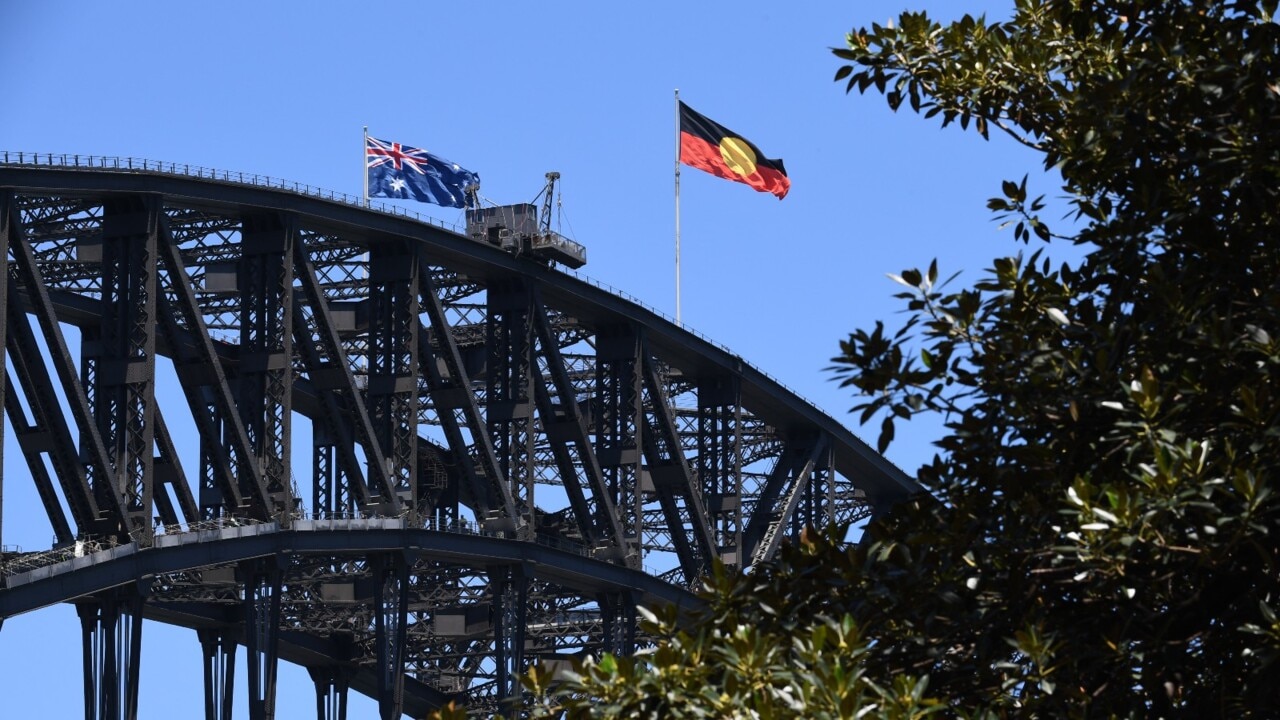


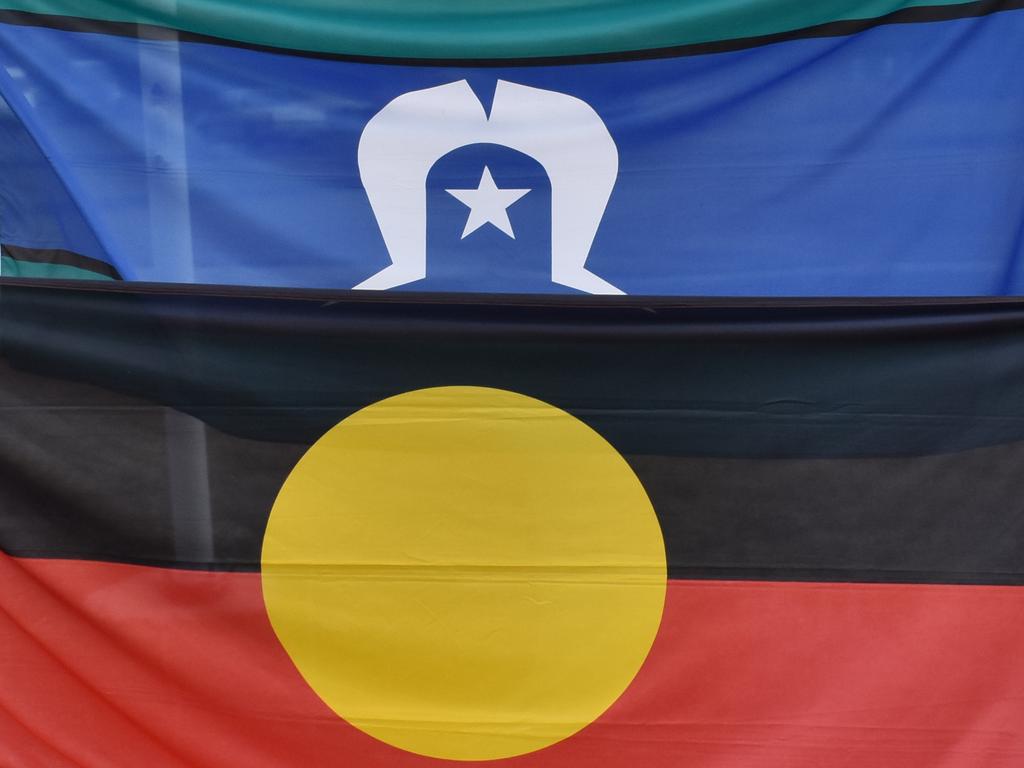
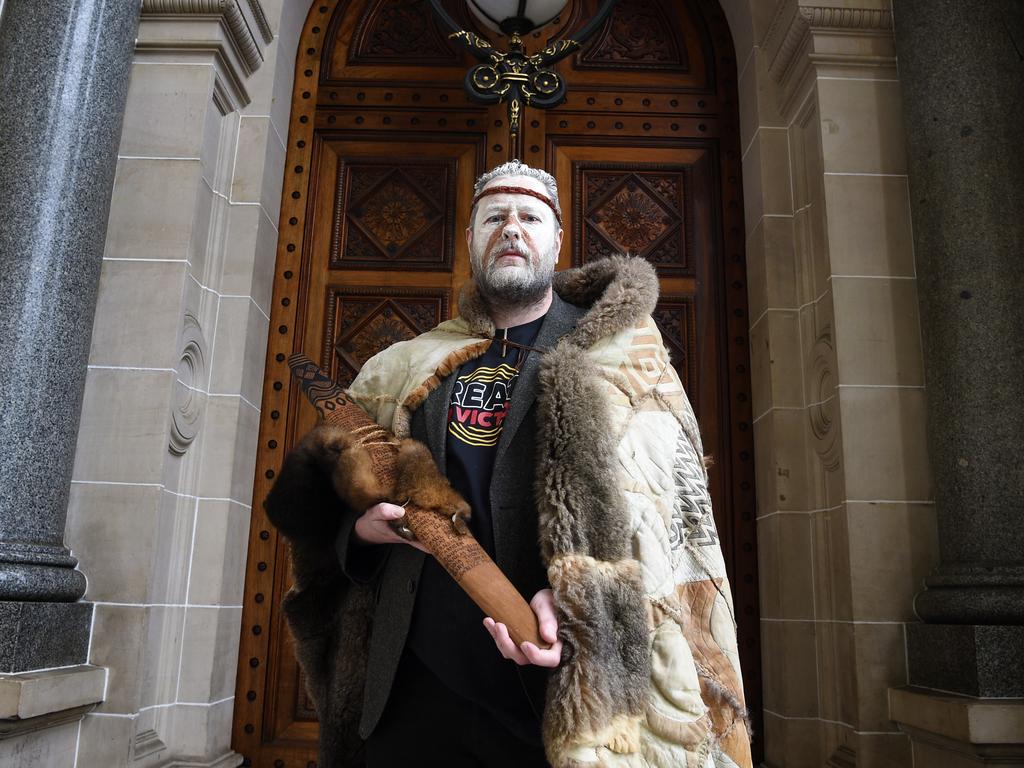
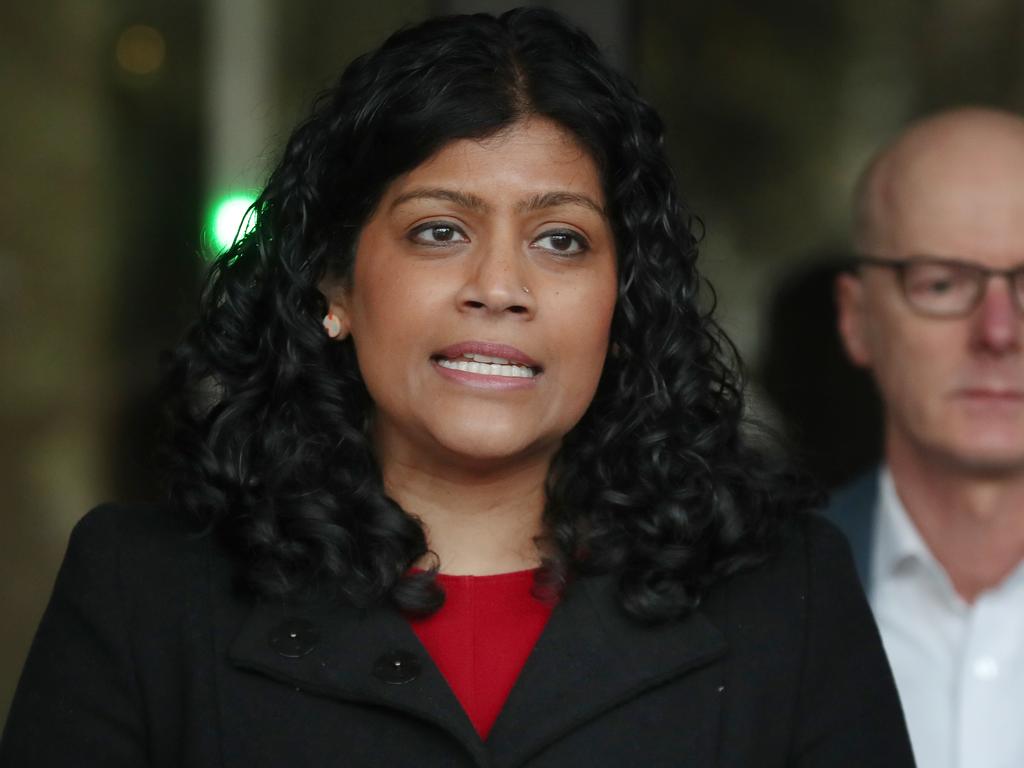
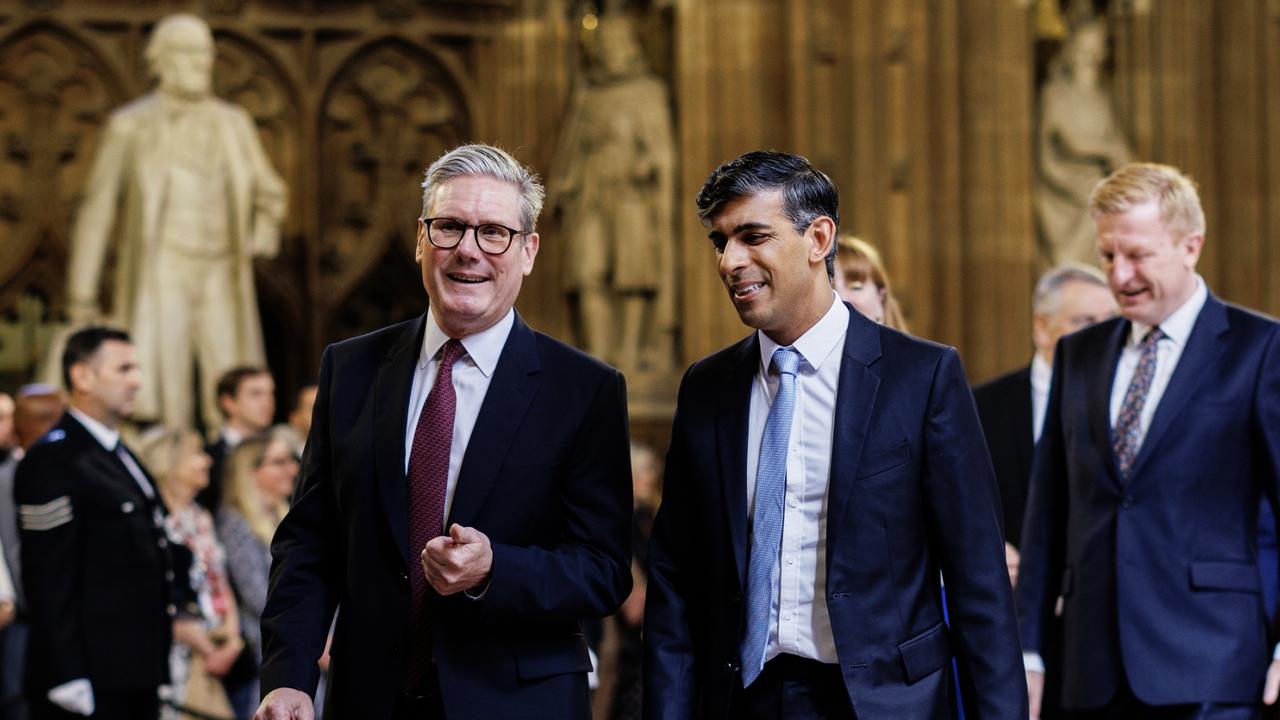
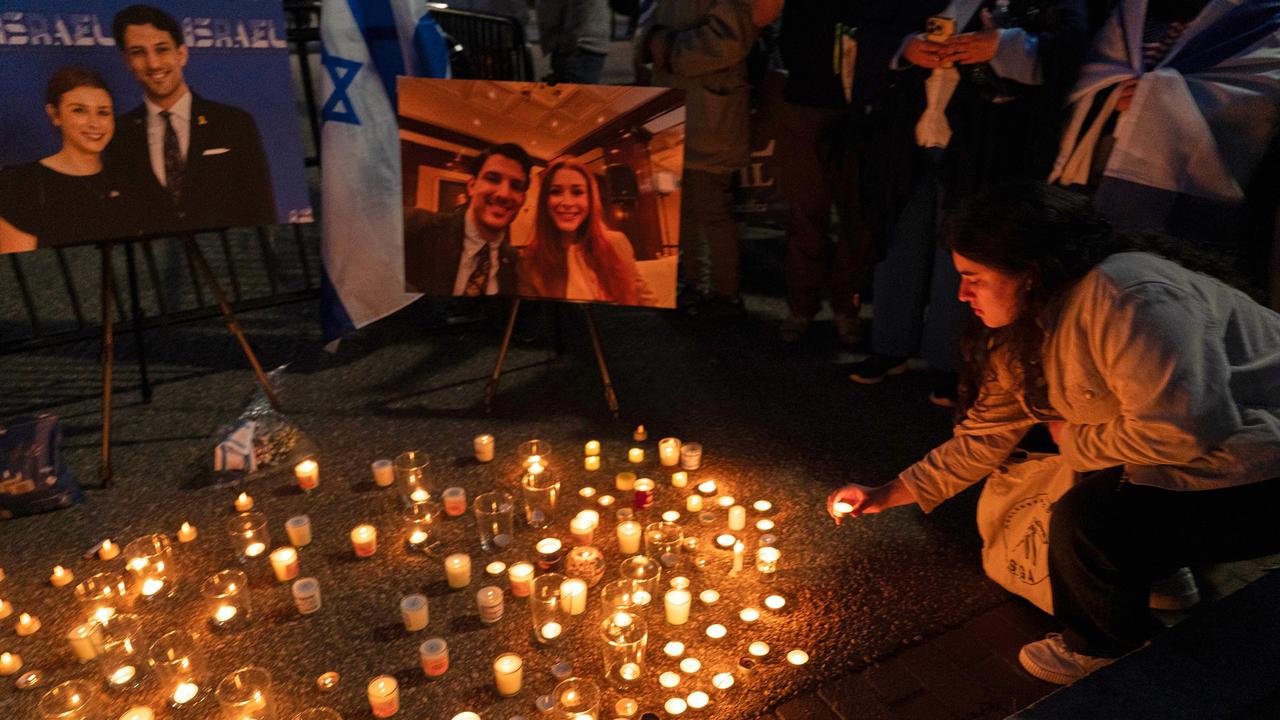
The Albanese Amendment is dead. Unlike the death of the Queen, it ought not be lamented. The Albanese Amendment consisted of three sentences to be inserted into our Constitution to establish and regulate an Indigenous voice to parliament.